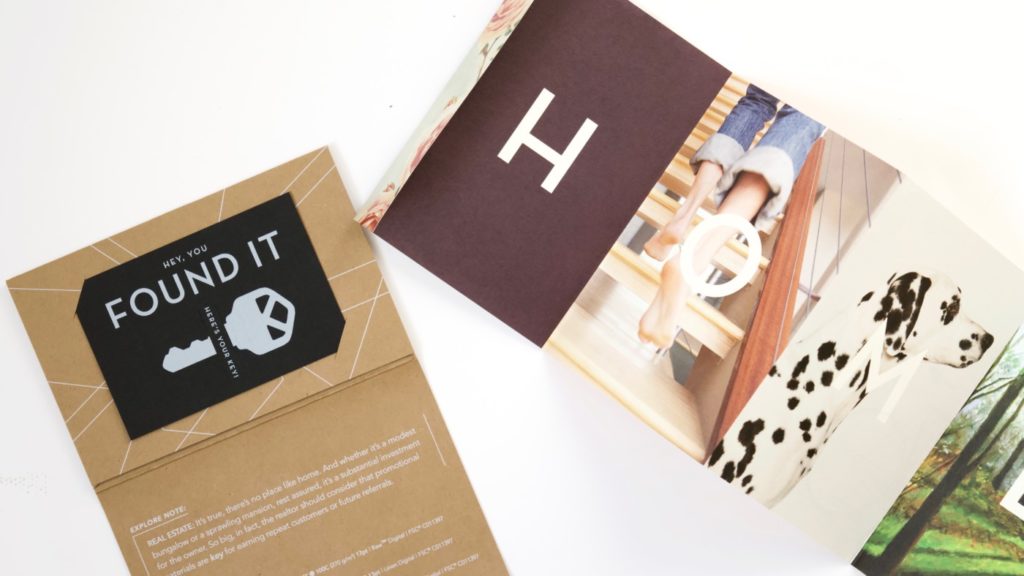The ability of digital printing to provide a faster, cost-effective method for producing smaller price quantities doesn’t mean one has to sacrifice quality. Gone are the days when printing digitally meant merely black and white or variable data personalization. Technology is advancing at a lightning-fast pace. This is great news for those looking to achieve standout print results even with small quantities. Here are just a few of the production capabilities for digital printing on the market today.
White Ink
Many creatives love the idea of printing with white ink. After all, it’s not commonly used and still feels special. And with the number of colored papers formulated for digital presses, white ink gives designers even more options. White ink sits on top of the substrate or as a base coating for producing crisp, vivid images on darker colored papers. And when printing in percentages, white ink can provide a frosted or translucent effect.
It’s important to note, that even when printing digitally white ink has some limitations. Like offset printing, printing white ink on a digital press may require multiple passes to achieve the results you’re looking for. This is especially true when printing on darker papers as well shades of kraft paper.
Dimensional Toner/Clear Ink
In offset printing, creatives have the ability to design with clear coatings/varnishes. Those same production elements can be used when designing for digital print with the advances of clear/dimensional dry ink. This provides designers with even more options. Whether printing on white or colored substrates, you can achieve similar results to spot varnish or UV coatings found in conventional printing.
PMS Inks
With additional units available on today’s digital presses, printers have the ability to run a Pantone match color. This gives designers greater control over color-critical projects, even with digital. For example, a color like gray which is notoriously fussy to reproduce digitally becomes issue-free with the use of the PMS color of an additional canister.
Metallic Inks
Much like some digital presses allow for additional canisters for PMS colors, the same goes for metallic inks. Although gold and silver metallic dry ink are not widely available, it is an option with some equipment. And as demand increases so likely will availability. Digital metallic inks provide similar results to that offset litho, but results will vary depending on the substrates and equipment.
Foil Fusing/Sleeking
Foil fusing/sleeking is a process where the foil is transferred using pressure and heat to an area with toner. The results of foil fusing/sleeking are similar to traditional foil stamping but don’t require a die. This can be a cost-effective way to get the effects of foil stamping even on a smaller run, digital print project.
These are just a few production capabilities that are available when designing for digital printing. It’s important to note that not all of these capabilities are available on all digital printing presses. Capabilities vary by OEM and printers. Want to learn more about production capabilities for digital printing? Sign up today.

